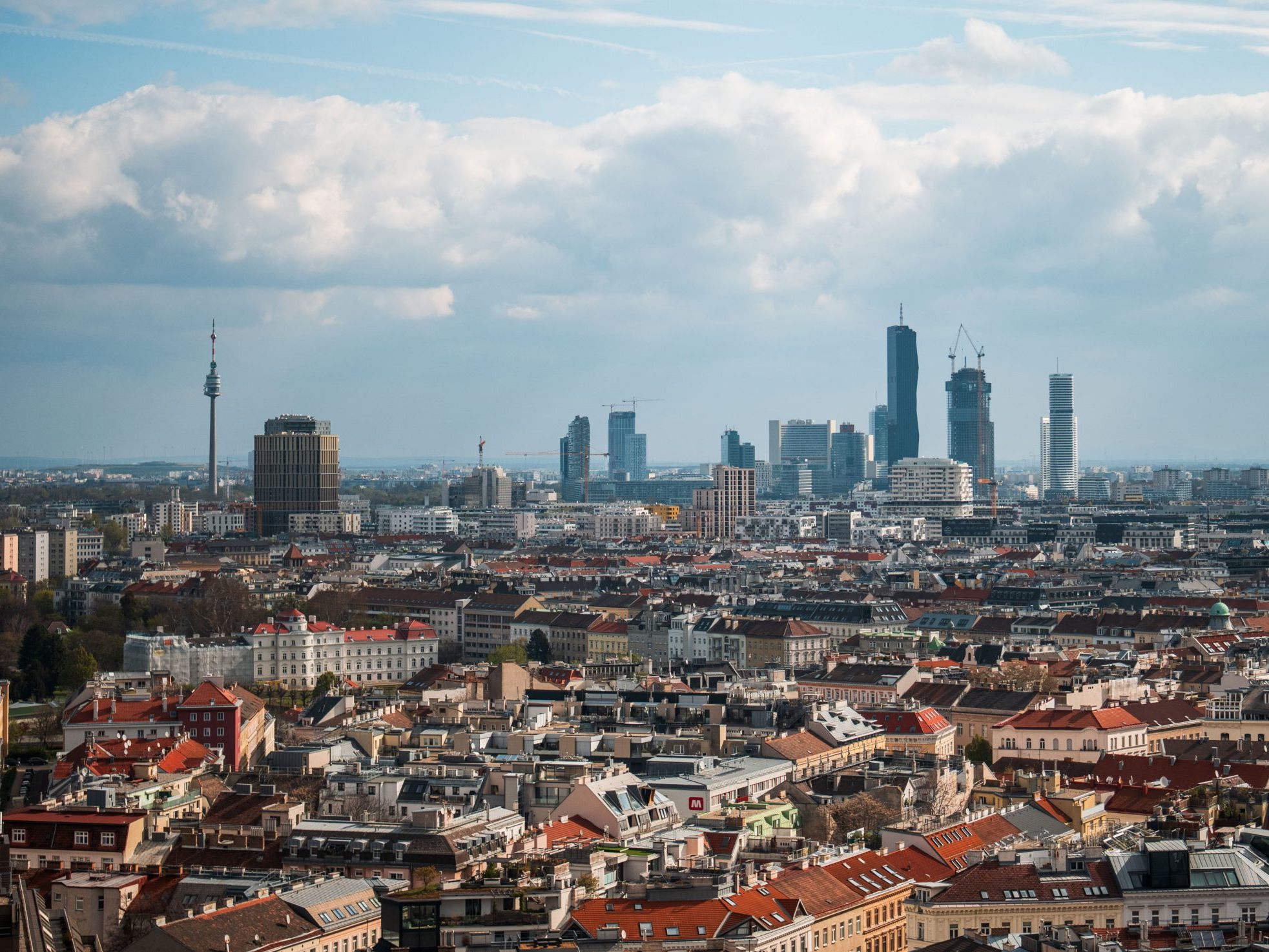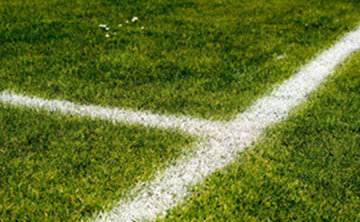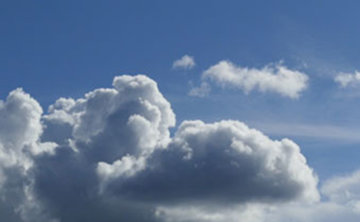From Coffee House to Subway Expansion: Vienna in Profile

On April 27, Vienna will vote. It is the smallest federal state in terms of area, with around 415 square kilometers, but it far surpasses all others in terms of population density. Around 2 million people now live in the total of 23 districts. The two-million mark was surpassed in the outgoing legislative period. The capital is attested to have the highest quality of life, which also lets tourism (once again) boom.
International City with High Quality of Life
All important government institutions are located in Vienna, and international organizations such as the UN, OPEC, or the International Atomic Energy Agency (IAEA) are also based here. According to international rankings, life in Vienna is quite livable. The Mercer study is often cited in this regard. However, in 2024, for the first time since 2009, Vienna did not reach first place and was beaten by Zurich.
The high level of safety, political stability, and functioning infrastructure, such as the many public transport options, are repeatedly praised. Impressive growth rates in tourism were and are a result of the popularity. In 2024, 18.9 million visitors came to Vienna, surpassing the previous record from the pre-Corona year 2019.
Tourism Has Recovered After the Corona Pandemic
Attractions include cultural institutions such as the Burgtheater, New Year's Concert, Vienna Boys' Choir, or the State Opera. The Viennese coffee house, with its tradition as a place of intellectual exchange and cozy city life, is also rarely missed by guests. Vienna Tourism also wants to continue focusing on the culture-affine segment, while also courting luxury travelers and meeting participants.
This aims to ensure that the residents of the city continue to view tourism positively by a large majority. According to surveys, they do. Measures such as the recently implemented significant restriction of short-term rentals are also intended to help in this regard.
Demographic Change in Vienna: Youngest but Aging City
People who permanently reside in Vienna have statistically been getting younger for some time. The average Viennese was about 41 years old at the end of the previous year. This makes Vienna the youngest federal state in Austria. However, the group of older people is also growing, which poses a significant challenge for healthcare and care services.
The growth increase mainly results from more people moving to the federal capital and fewer leaving. Additionally, more births than deaths have been recorded recently. 64.6 percent of Viennese have Austrian citizenship, and among the foreign residents, 14.7 percent are EU citizens. The top five ranking of non-Austrian nationalities is led by Serbia, followed by Germany, Syria, Turkey, and Poland.
Numerous Projects for Vienna's Urban Development
To accommodate the city's population growth, construction is ongoing. The subway network is also expanding, now reaching into entirely new districts - such as the "Seestadt Aspern." Currently, work is being done on the U2/U5 line intersection. There have been recent delays here, for example, in the resumption of operations on a long-closed existing U2 section.
The opening of the new construction route is also delayed due to damage caused by the millennium flood in 2024. According to the current status, the U2 will not branch off to the south until at least 2030. As recently as 2020, it was expected to be operational by 2027.
Viennese Are the Wealthiest in a Federal State Comparison
The residents of the federal capital are among the wealthiest in the country: Both in absolute terms and per capita, Vienna is the federal state with the highest value creation. Particularly important sectors include trade, scientific and technical services, the real estate industry, and still the production of goods.
Over Half of the City Area is Green or Water
53 percent of Vienna's area is green space or water. City residents like to flock to the Danube or the relief channel ("New Danube"), the Old Danube, or the Danube Canal in their leisure time. The Danube Island is considered one of the largest recreational areas in a metropolis. Millions of visitors also flock there to celebrate and see concerts - namely annually at the end of June for the Danube Island Festival.
At least 11 percent of the city's area is currently used for agriculture. City Hall likes to point out that Vienna is Austria's cucumber capital, as 62 percent of this vegetable is grown here. However, the figure for eggplants is even higher at 63 percent.
Red-Pink City Government Since 2020
Green, however, has disappeared from the city government. Since 2020, there has been an SPÖ-NEOS coalition in Vienna. After the Vienna election at that time, the ten-year red-green cooperation was not continued. The mayor is Michael Ludwig, who has been in office since 2018. He succeeded long-term city leader Michael Häupl as city head and SPÖ state party chairman in 2018.
(APA/Red)
This article has been automatically translated, read the original article here.





